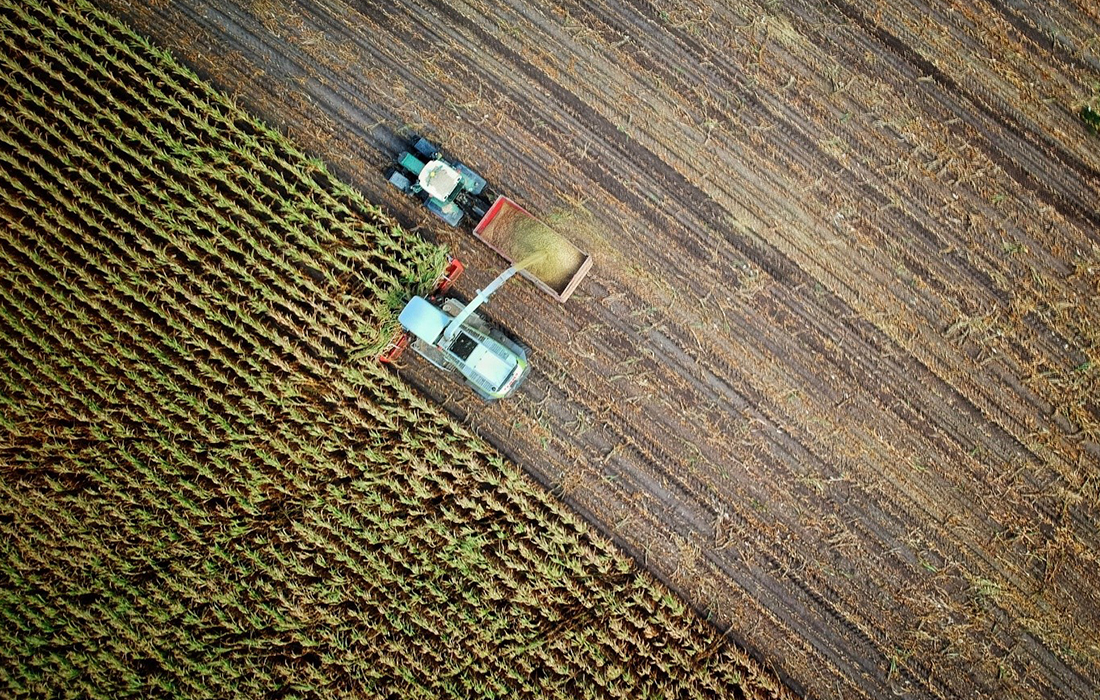
14 Jan LEADER APPROACH
LEADER (Acronym derived from French: “Liaison Entre Actions de Développement de l’Économie Rurale”) is an acronym that stands for “links between actions for the development of the rural economy”. Information obtained through the evaluation of LEADER, and that obtained from stakeholders based in rural areas shows the advantages of LEADER as an instrument that achieves results in various situations and fields, which contributes to the adjustment of rural policies to the specific needs of respective rural areas. By encouraging local-level participation in the formulation and implementation of sustainable development strategies, this approach has a growing impact on future rural policies.
In the course of its evolution since 1991, LEADER had the status of an initiative in the three previous generations. In the current planning period, 2007-2013, it has transformed into an integral part of the European Rural Development Policy – LEADER axe, and became an obligatory component of Member States’ rural development programmes. In the past period, LEADER+, there were 893 active LAGs in 15 “old” Member States, comprising a total population of 52 million. Prior to the accession of Bulgaria and Romania, six countries out of the ten new Member States decided to implement LEADER+, which resulted in about one hundred new LAGs. Cooperation between LAGs resulted in almost one thousand local and more than three hundred cross-border projects.

